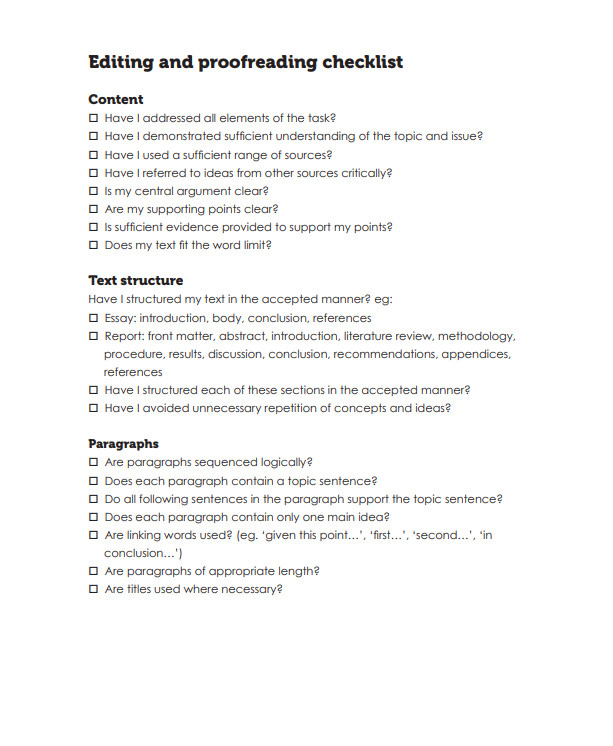
Are you tired of making the same mistakes over and over again in your writing? Do you find yourself missing typos and grammatical errors despite reading your work multiple times? If so, then a proofreading checklist might be just what you need to improve the quality of your writing.
In this comprehensive guide, we will walk you through the what, why, and how of creating a proofreading checklist that will help you catch errors and polish your writing to perfection.
What is a Proofreading Checklist?
A proofreading checklist is a document that contains a list of common errors, typos, and grammatical mistakes that writers should look out for when reviewing their work. It serves as a handy reference guide to ensure that no errors slip through the cracks and that your writing is error-free and polished. By following a checklist, you can systematically review your work and improve the overall quality of your writing.
Creating a proofreading checklist can help you become more efficient and effective in catching errors in your writing. It provides a structured approach to proofreading and ensures that you do not overlook any important details. Additionally, having a checklist can help you develop good proofreading habits and improve your overall writing skills.
Why Use a Proofreading Checklist?
Proofreading is an essential part of the writing process, and using a proofreading checklist can significantly improve the quality of your work. Here are some reasons why you should consider using a checklist:
1. Helps you catch errors: A checklist can help you identify common mistakes that you might otherwise overlook, such as typos, grammatical errors, and punctuation mistakes.
2. Ensures consistency: By following a checklist, you can maintain consistency in your writing and ensure that your work is error-free.
3. Saves time: Using a checklist can help you proofread your work more efficiently and effectively, saving you time in the long run.
4. Improves your writing skills: By regularly using a proofreading checklist, you can improve your proofreading skills and become a better writer overall.
Proofreading Checklist: How to Create One
Creating a proofreading checklist is easy and straightforward. Here are some steps to help you get started:
1. Identify common errors: Make a list of common errors that you tend to make in your writing, such as spelling mistakes, punctuation errors, and grammatical issues.
2. Organize the checklist: Group similar errors together and organize the checklist in a logical order to ensure that you cover all important aspects of proofreading.
3. Include specific instructions: Provide detailed instructions for each item on the checklist to help you identify and correct errors more easily.
4. Customize the checklist: Tailor the checklist to your specific needs and preferences by adding or removing items as necessary.
5. Print the checklist: Once you have finalized your checklist, print it out and keep it handy whenever you are proofreading your work.
Examples of Items to Include in a Proofreading Checklist
When creating a proofreading checklist, it is important to include a variety of items to cover all aspects of proofreading. Here are some examples of items that you might consider including in your checklist:
- Spelling: Check for typos and spelling errors.
- Punctuation: Ensure that all punctuation marks are used correctly.
- Grammar: Review grammar rules and check for grammatical mistakes.
- Consistency: Check for consistent use of tense, tone, and style.
- Formatting: Verify that formatting is consistent throughout the document.
- Clarity: Ensure that your writing is clear and easy to understand.
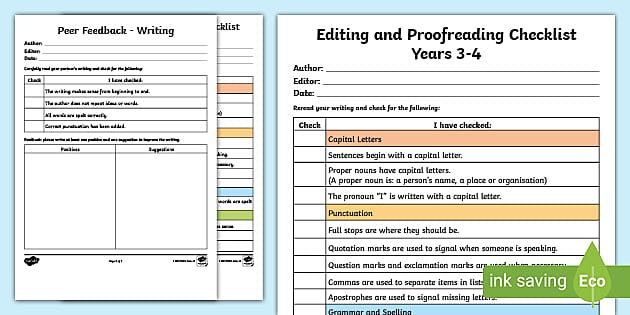
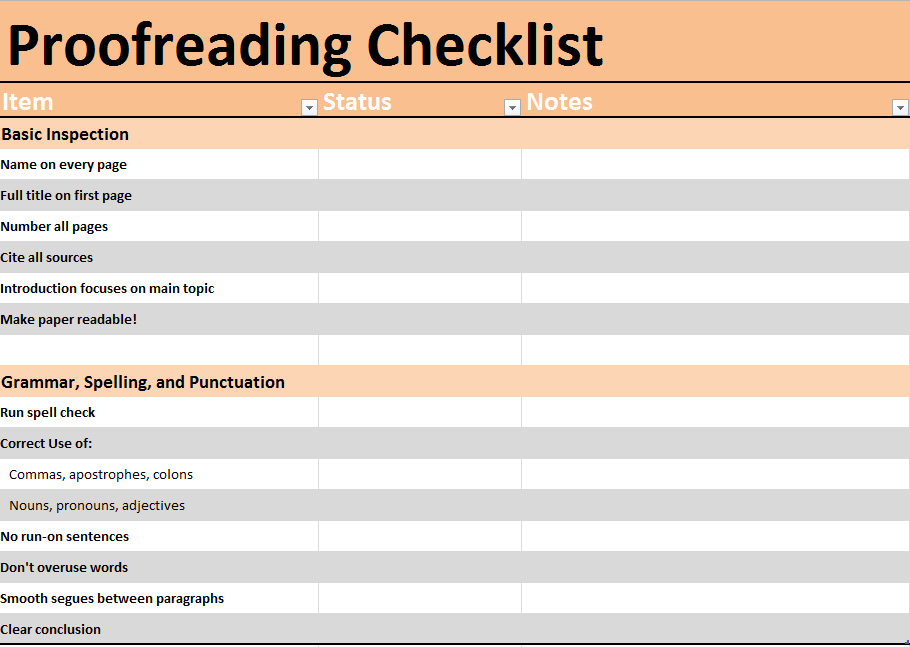
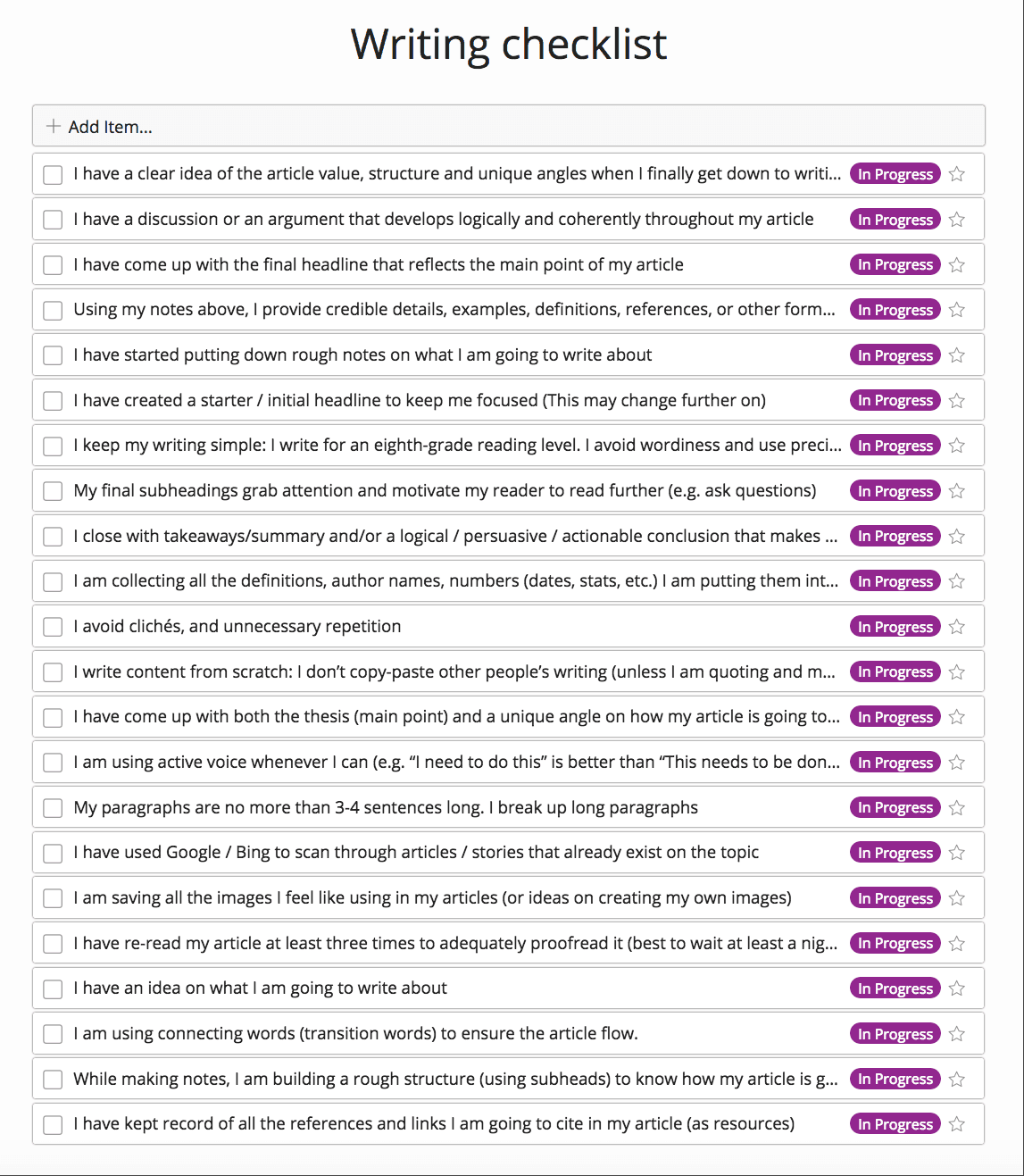
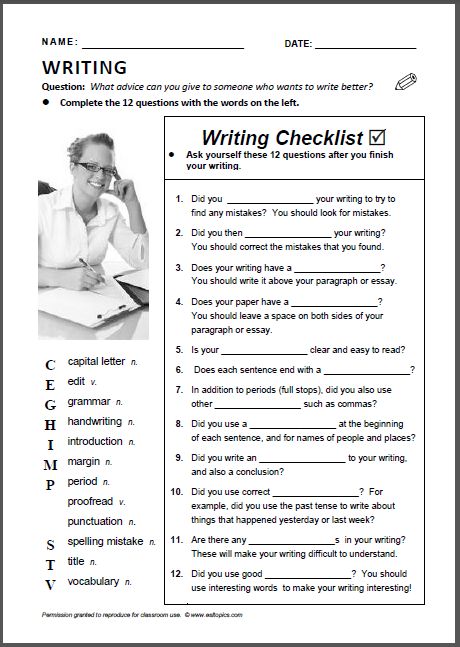
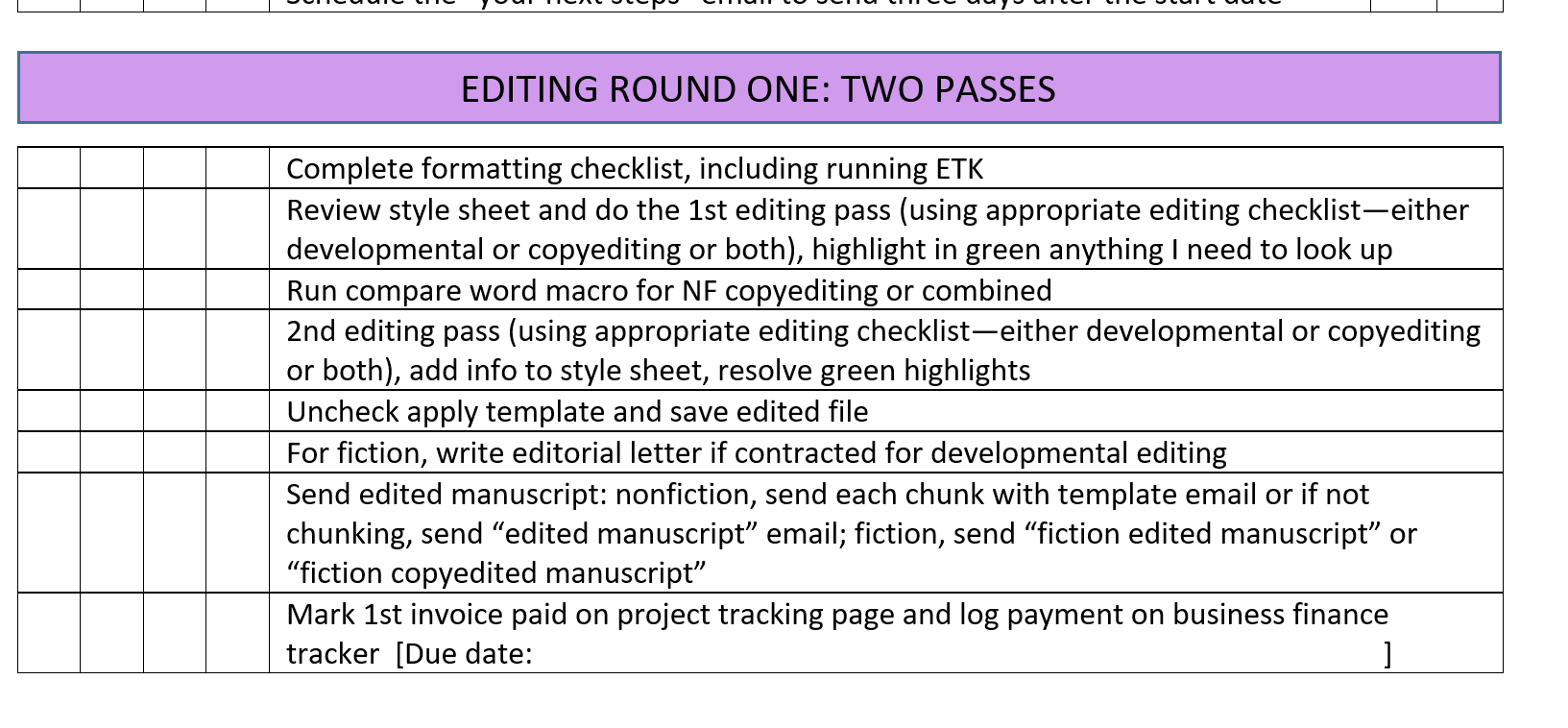
Tips for Successful Proofreading
In addition to using a proofreading checklist, here are some tips to help you proofread your work more effectively:
1. Take breaks: Give yourself some time away from your writing before proofreading to gain a fresh perspective.
2. Read out loud: Reading your work out loud can help you catch errors that you might miss when reading silently.
3. Use a ruler: Use a ruler or a piece of paper to guide your eyes and prevent skipping over words.
4. Focus on one type of error at a time: Concentrate on correcting one type of error, such as spelling or punctuation, to avoid feeling overwhelmed.
5. Get a second opinion: Ask a friend or colleague to review your work to catch errors that you might have missed.
By following these tips and using a proofreading checklist, you can improve the quality of your writing and ensure that your work is error-free and polished. Happy proofreading!
Proofreading Checklist Template – Download
- General Release of Liability Form Template - January 6, 2026
- General Bill of Sale Form Template - January 6, 2026
- Gender Reveal Party Invitation Template - January 6, 2026